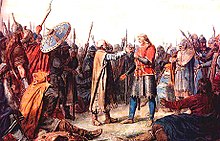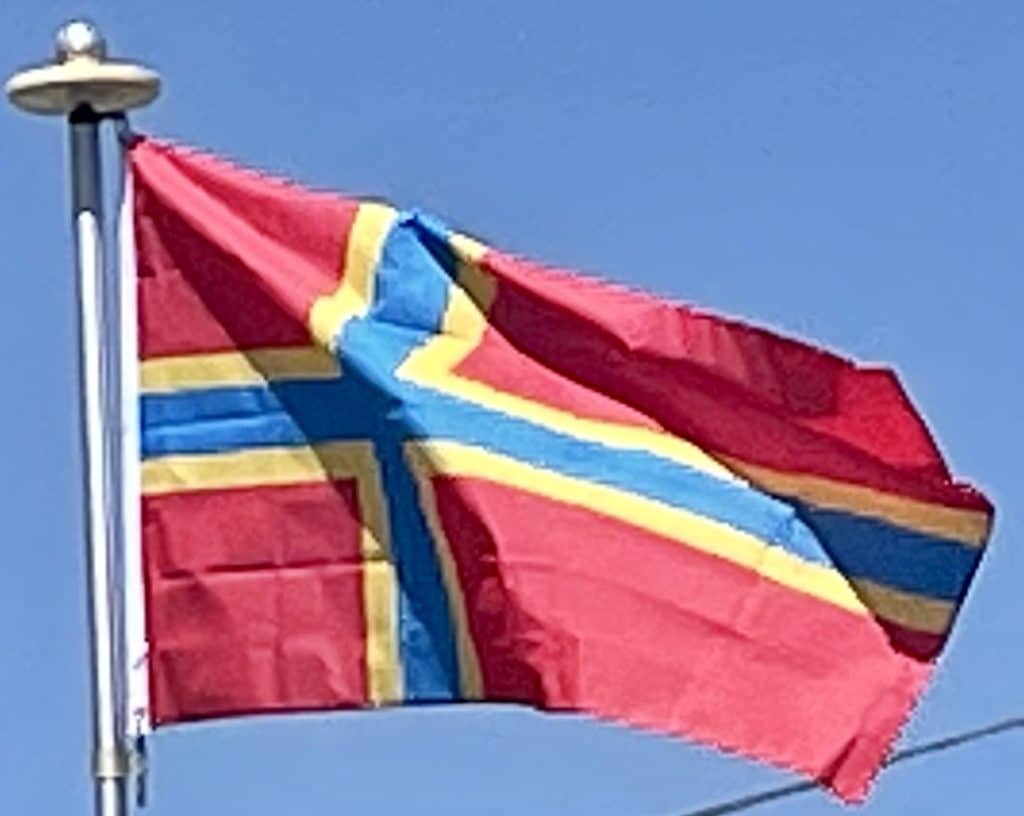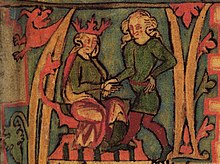During the Roman invasion of Britain the “King of Orkney” was one of 11 British leaders who is said to have submitted to the Emperor Claudius in AD 43 at Colchester. After the Agricolan fleet had come and gone, possibly anchoring at Shapinsay, direct Roman influence seems to have been limited to trade rather than conquest.
However, Polemius Silvius wrote a list of Late Roman provinces, which Seeck appended to his edition of the Notitia Dignitatum. The list is famous because it names six provinces in Roman Britannia: the sixth is the dubious “Orcades provincia”, of which recent researches re-evaluate the possibility of real existence.
By the late Iron Age, Orkney was part of the Pictish kingdom, and although the archaeological remains from this period are less impressive there is every reason to suppose the fertile soils and rich seas of Orkney provided the Picts with a comfortable living. The Dalriadic Gaels began to influence the islands towards the close of the Pictish era, perhaps principally through the role of Celtic missionaries, as evidenced by several islands bearing the epithet “Papa” in commemoration of these preachers. However, before the Gaelic presence could establish itself the Picts were gradually dispossessed by the Norse from the late 8th century onwards. The nature of this transition is controversial, and theories range from peaceful integration to enslavement and genocide. It has been suggested that an assault by forces from Fortriu in 681 in which Orkney was “annihilated” may have led to a weakening of the local power base and helped the Norse come to prominence.
Norwegian rule[edit]
Both Orkney and Shetland saw a significant influx of Norwegian settlers during the late 8th and early 9th centuries. Vikings made the islands the headquarters of their pirate expeditions carried out against Norway and the coasts of mainland Scotland. In response, Norwegian king Harald Fairhair (Harald Hårfagre) annexed the Northern Isles, comprising Orkney and Shetland, in 875. Rognvald Eysteinsson received Orkney and Shetland from Harald as an earldom as reparation for the death of his son in battle in Scotland, and then passed the earldom on to his brother Sigurd the Mighty.
However, Sigurd’s line barely survived him and it was Torf-Einarr, Rognvald’s son by a slave, who founded a dynasty that controlled the islands for centuries after his death. He was succeeded by his son Thorfinn Skull-splitter and during this time the deposed Norwegian King Eric Bloodaxe often used Orkney as a raiding base before being killed in 954. Thorfinn’s death and presumed burial at the broch of Hoxa, on South Ronaldsay, led to a long period of dynastic strife.

Thorfinn the Mighty was a son of Sigurd and a grandson of King Malcolm II of Scotland (Máel Coluim mac Cináeda). Along with Sigurd’s other sons he ruled Orkney during the first half of the 11th century and extended his authority over a small maritime empire stretching from Dublin to Shetland. Thorfinn died around 1065 and his sons Paul and Erlend succeeded him, fighting at the Battle of Stamford Bridge in 1066. Paul and Erlend quarreled as adults and this dispute carried on to the next generation. The martyrdom of Magnus Erlendsson, who was killed in April 1116 by his cousin Haakon Paulsson, resulted in the building of St. Magnus Cathedral, still today a dominating feature of Kirkwall.

